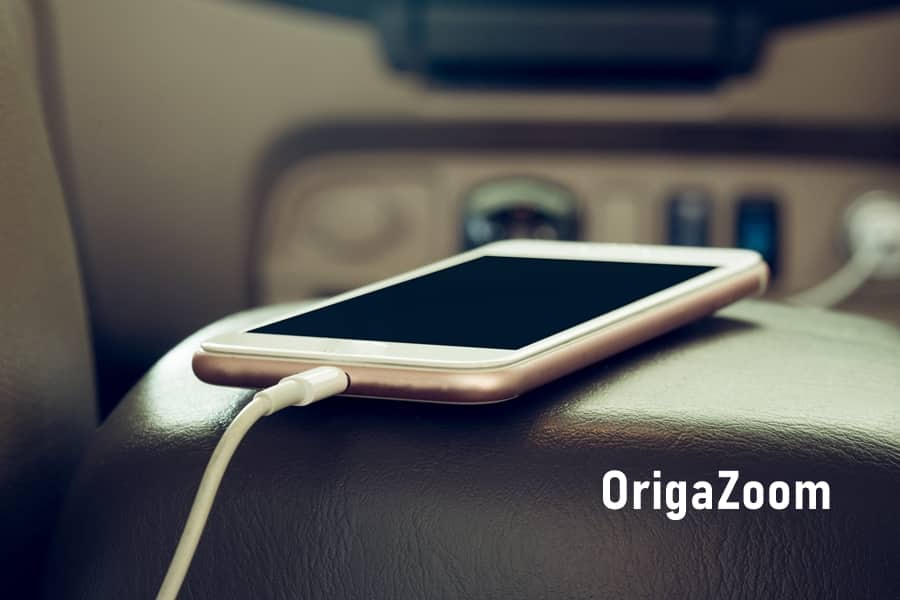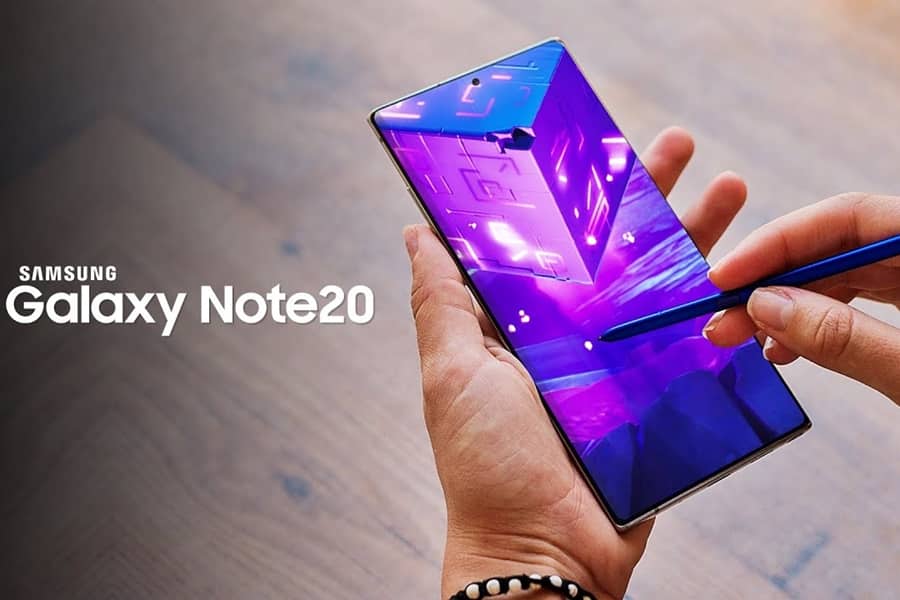Explosion of the number of camera phone models with more and more powerful features making hard to choose the best camera phone in 2021. For this review article we have reviewed 43 models to find the best for you.
It is no exaggeration to say that the fundamental element of increasing the range of camera phone is competition. Every year that passes sees major improvements, whether it’s the increase in the number of camera lens modules, the size of the sensors, the power of the zooms or the speed of the focus.
In an industry that makes little or no use of the same processors and with phone that have only one screen, its easy to stand out of crowd with the photography features. But also, the hardest to break through, and the level of competition in camera phone segment is very high. Because of this, some brands are choosing good combinations of camera modules and focusing on their good implementation. Some players like Huawei developing their own “custom sensors”, designing their exclusive lenses, even go as far as developing their own image processor (ISP).
In terms of photography, the phone manufacturers are therefore fighting a total war. That starts with the number of camera phone models.
Explosion of The Number of Camera Modules
This explosion in the number of camera modules are not fully supported on the processor side. The concern is not so much to number of pixels – Qualcomm’s latest chips incorporate an ISP capable of grabbing and processing up to two billion pixels per second – as to drive the modules.
While some brands handle switching from one camera module to another better than others, but the Spectra 480 can only drive two modules simultaneously. The integration of this flood of camera modules will be perfect only when ISPs can “connect” to all modules simultaneously. Apple does a little better than the others in the transition from one sensor to another with an ISP developed in-house, but at the price of a much lower lens range than that of the Android world.
In 2019, we were estimated to have enter the year of the triple camera phone models and this trend has been continued in 2020. Apart from the Google Pixel 4XL who contains two camera modules on the back of the phone, none of the phones tested in this list has less than three camera modules on its back.
Increasingly Powerful Zoom Lenses
Remember 2018, when the 81 mm equivalent camera phones impressed the people. Well in 2020, you’ll love the 240 mm equivalent cameras of the Huawei P40 Pro Plus. In just two years, the various manufacturers have exploded the limits of miniature zoom lenses as they were unknown that time. At the heart of this evolution, breakthroughs in the fields of lenses and the control of their lenses have allowed the development of miniaturized periscopic camera modules.
Also the users who want the best camera phone are toatally unaware of many factors the phone manufacturers offer. For the camera phones, the zooms are sometimes wrong and this is not necessarily for the advantage of photogrphy.
Thus, the Huawei P40 Pro Plus does not offer a zoom coefficient of zoom X10 but rather a zoom X13. Indeed, the zoom coefficient of the phone that divides the narrowest angular coverage by the widest gives 240 mm / 18 mm = x13.333.
Asked about this fact, Huawei’s marketing teams explain that since calculation has always been done on the main camera module and not on ultra-wide-angle camera module. Too bad for them, since they are the only ones who offer an ultra-wide-angle camera module with a giant sensor.
Increasingly Large and Defined Sensors
In this year we are at the point where the lens of a phone camera module reached to 108 megapixel. But be careful not to confuse with the number of available photodiodes (improperly called pixels).
Thus, if the main lens of the Samsung Galaxy S20 Ultra displays 108 Mpix, it actually couples the information of 9 photodiodes to encode a single pixel output. That means – it is equivalent to that of an iPhone 11 Pro or a Sony Xperia 1 II, or 12 Mpix. Ditto for Huawei which with its lens of 40 Mpix and 50 Mpix actually aims at 10 and 12.5 Mpix.
So, there are always two fundamental approaches that clash: to offer few but very large photo-diodes that capture a lot of light to enjoy an original signal as clean as possible. Or multiply light and color collection units to refine the signal. In the end, the final result depends mainly on the mastery of the device chosen by the software engineers.
On the other hand, this is a little consensus: the larger it is, the better. And manufacturers as well as their suppliers of lens technologies – compete for prowess in the development of miniaturized lenses. This allows some phone manufacturers to board lenses that are barely smaller than the sensors of the compact expert.
Type RX100: The lens of the main module of the P40 and P40 Pro Plus from Huawei that is around 75-80 mm. As a reminder, the lens of the camera module of the iPhone 5S, 6, 7 and 8 measured only 17.3 mm.
This trend towards lens growth affects mainly the “normal” main camera module, the default module which is usually a wide angle ranging between 23 and 28 mm. If the other lenses grow, they do so within the physical limits (difficult to put such a large lens on zoom lenses) and component prices. The only notable exception, Huawei, which is not content to offer the greatest zoom power, but pays for the luxury of making its lenses bigger. Especially that of its ultra-wide-angle module, the only one in the competition to belong to the class of “giant lenses”.
The Battle of Software and The Art of Color
In digital photography, not everything depends on the size of the sensors or their number of photo diodes, nor on the number of camera modules: the software part and the image processing algorithms that propel it are equally important. From AF management to digital zoom or electronic stabilization, the partitions are very different from one brand to another, and are quite difficult to evaluate. Complexity of scenarios, updates that change the situation from one day to the next.
Regardless of uncertainties and software development, it is an area where Apple (and to a lesser extent Google) seems to “subjectively” have a head start on Asian competition for color rendering.
Why “subjectively”?
Because in this matter, visual culture and latitude (and therefore local sunshine) influence our perception and therefore our appreciation. The lighting of the TV shows is different between Spain and Finland. So you imagine the differences in taste between a Vietnamese inhabitant and a southern Chilean inhabitant.
In our eyes of users from Western World, the warm colors, constant from one module to another, not too saturated and with the shadows mastered by Apple and Google seem more “natural” than the punchier shots of Oppo at all. These two brands “lagging” on the hardware side – less lens modules, less zoom power, less advanced technologies as no custom matrix, no super definition, etc…
These are the ones that, to our liking, manage the colors best. And in particular the constancy between two camera modules. It is difficult to say that the advance in one field explains the delay in another (hardware or software).
It is still that the rendering and consistency of colors can be an argument of choice as important as the power of zoom.
You may also like - Digital Cameras: Buying Guide, Rating and Reviews.
Which Camera Phone is Best?
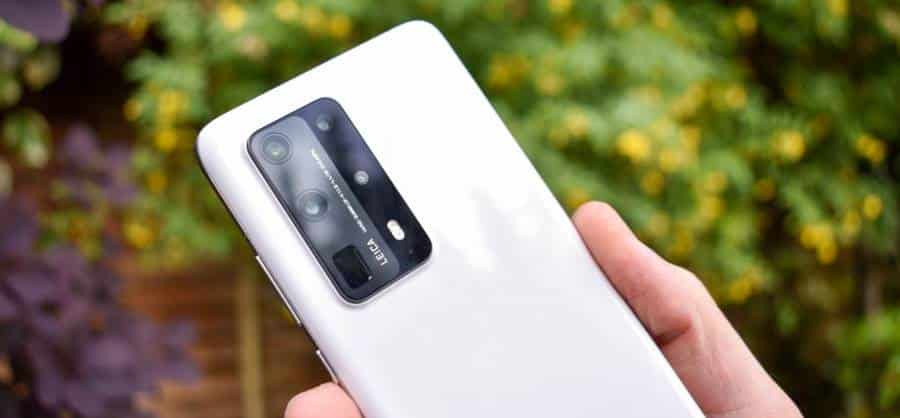
Our test procedure is focused on to bring all competitors together at the same time, and to confront them through a comparative framework. In this procedure we take the phone A and B in front of a scene, one in each hand and we evaluate on several shots which of the two is the fastest and best. This beginning of hierarchy established, we take a phone C that we confront to A and B. Then comes a phone D that we confront to the others, etc… At the end of the exercise, we find ourselves with a series of phones, the leftmost being the fastest.
Comes a check of the hierarchy by confronting 1 to 2, 2 to 3, etc… and the random confrontation where we take for example the 2nd and the 8th and where we check that the result is consistent. An empirical methodology that gives us complete satisfaction: since we do this, we offer you a “real review” with constant software perimeter. All phones are tested on the same day, without the deviations that may appear as a result of updates.
Price Differences
One of the many problems that arise when writing this kind of classification is the huge price gap that has widened between the phones. Can an iPhone 11 Pro whose price ranges from $1159 to $1559 be decently judged with the arguments as a Realme X3 SuperZoom at 499 dollars?
Basically, no. One does not expect from a Megane the same performance as a BMW 3 Series. But besides the fact that part of the price gap is a bit artificial (brand image in the case of Apple) our role here is to separate the pure technique, without looking at the price. Thus, tariff considerations have no influence on these top 10 best phones.
One Last Point: Being equipped with the best phone of the competition will not make you a better photographer. Only the eye, timing and work count. We must therefore listen to the wisdom of the elders: “to photograph is to put the head, the eye and the heart on the same line of sight”.
THE GREAT LIST
We ranked the camera phones and awarded them points based on their ranking in each test event: the 10 points for 10k scores, the 9 points for 9K scores, etc… At the end we get a ranking based on the sum of scores.
Here is the list of selected camera phone models in descending order.
10. Xiaomi Mi 10 5G
Unlike the One Plus which has a solid main camera module and mediocre companion module, the Xiaomi Mi 10 Pro 5G offers a good partition in ultra-wide-angle and when it comes to zoom.
But Xiaomi still has work to do to master the Samsung 108 Mpix lens of the main camera module. A camera module that handicaps Xiaomi (like Samsung) when it comes to auto-focus, the two phones being the slowest of the competition. For this current price, this Mi 10 Pro 5G is clearly a photographic disappointment.
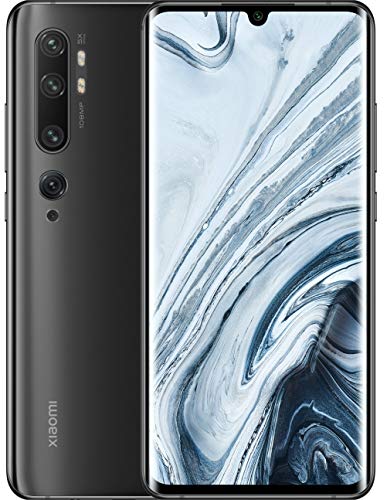
Get Xiaomi Mi 10 5G on Amazon – Price $409
9. Realme X3 SuperZoom
The new flagship of Realme is a photographic failure: when its colors are really good, all in a gigantic running great for this mobile at a thousand dollars.
The image accuracy of the main module is poor and the shots are grainy. The ultra-wide-angle module is a stuffing (a fish-eye completely deformed) and the auto focus is good before last. It is all the more a pity that the science of colors, one of the best in the competition. But this is not enough for an expensive camera phone.
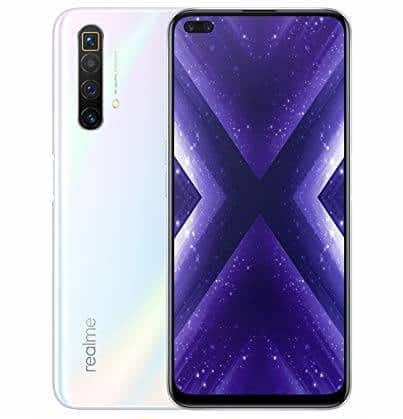
Get Realme X3 SuperZoom on Amazon – Price $625
8. OnePlus 8 Pro
Stumbling on the speed of auto focus the One Plus 8 Pro remains good if you stick to its main camera module. Because ultra-wide-angle and zoom modules are not the best in the market and its zoom power is far from Huawei, Oppo and others.
One Plus therefore loses a place in the top 10 compared to last year with a technical sheet not ambitious enough and a realization just at the level.
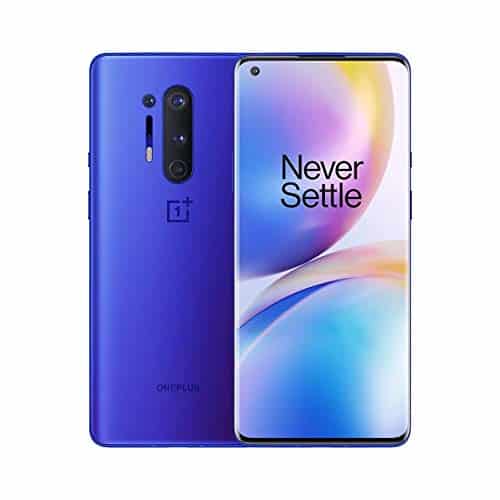
Get OnePlus 8 Pro on Amazon – Price $999
7. Sony Xperia 1 II
Sony takes back the position with its new flagship, “Mark II” version of last year’s Xperia 1. Equipped with a triple camera module (equivalent 16-24-70 mm) that flourishes the traditional focal lengths of photographers. It equips itself with the AF tracking algorithms of its cousin the Sony Alpha A9, who is the king of hybrids in terms of burst and AF.
Algorithms that benefit this Xperia 1 II which is the device with the best subject tracking in the history of smart phones.
Too bad – Sony went a little too much with the back of the spoon side pure image quality. And be limited to a “small” 70 mm when the competitors does much better.
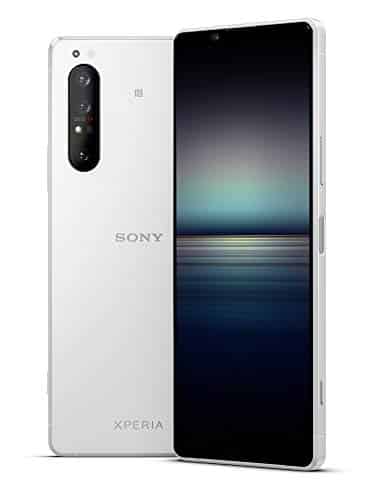
Get Sony Xperia 1 II on Amazon – Price $1299
6. Samsung Galaxy S20 Ultra 5G
By making the choice of the Super digital zoom based on the information of two pixel rich lenses: zoom lens 48 Mpix and main lens module 108 Mpix. Samsung allowed us to prove that our choice was not the best when it comes to zoom. Thus, long-focal shots from a real 240 mm equivalent zoom lens (the P40 Pro+) are much better than Samsung’s computation.
Besides that, Samsung seems to have definitely lost some of its superb auto focus, which was yet its fatal weapon a few years ago. The photo partition remains solid, but without stunning functionality.
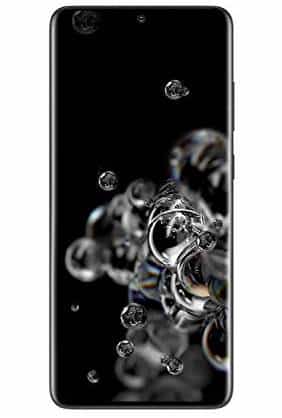
Get Samsung Galaxy S20 Ultra 5G on Amazon – Price $1399.99
5. Google Pixel 4 XL
On the stack side, Google’s high-end phone is the one that offers the most pleasant color rendering. One of the most responsive auto focus, the best stabilization algorithms and an appreciable starry sky mode. But it is fraught with defects and major hardware limitations. As no ultra-wide-angle lens, no real powerful optical zoom, no real night mode, a portrait mode limited by the nature of the focal lengths, etc…
Not to mention too low storage (64 GB on our test model, 128 GB maximum) that cannot be enough for photo and video lovers.
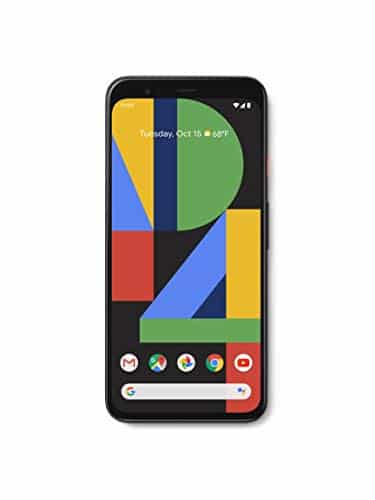
Get Google Pixel 4 XL on Amazon – Price $829.99
4. Apple iPhone 11 Pro
Simple and efficient, the iPhone 11 Pro still enjoys a responsive auto focus and good color consistency between the three camera lenses. But beware of the slight over-accentuation of details. We appreciate the arrival of the ultra-wide-angle on this generation, even if its level of detail is mediocre.
Another regret: this mobile does not yet have a super zoom lens like some Android competitors. Faced with the powerful zooms of Huawei and Vivo greater than 200 mm, the small 52 mm equivalent of the iPhone 11 Pro makes a little pale figure, especially for travelers.
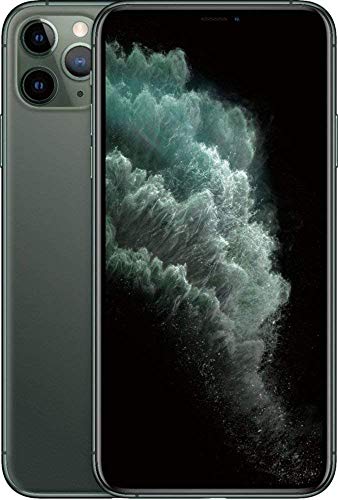
Get Apple iPhone 11 Pro on Amazon – Price $1099
3. Oppo Find X2 Pro
Here is the most serious Chinese competitor for Huawei. With an auto focus that responds present, a solid main camera lens and a good zoom lens. The Oppo Find X2 Pro is the most obvious alternative to Huawei’s phone, deprived of Google services.
Its serious zoom power and its very good zoom camera module make it a partner of choice for travelers who want to stand still on the camera while traveling. Only its ultra-wide-angle lens module is recessed with the modules of the Huawei P40 Pro / Pro+, absolutely untouchable with their giant sensor.
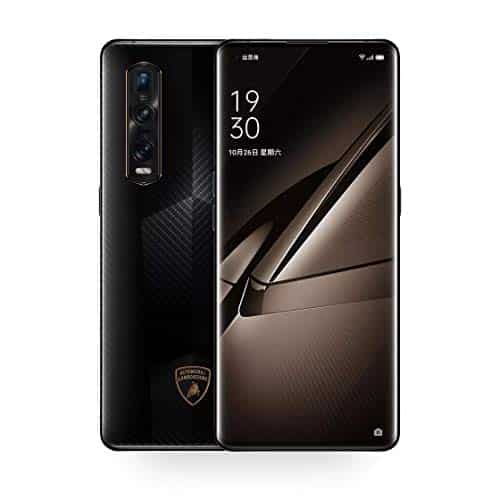
Get Oppo Find X2 Pro on Amazon – Price $1559
2. Huawei P40 Pro
The absence of Google services aside, the P40 Pro is a clear success on the photography side. While its zoom lens is less powerful than that of its Big Brother the P40 Pro+.
It has a sharper hair side image accuracy and offers a largely sufficient zoom coefficient (x6, 9). Always performing in low lights, the main camera module delivers still very clean images, even if the colors are less constant than at Apple or Google.
Special Mention to its fabulous ultra-wide-angle module (which it shares with the P40 Pro Plus) that offers stunning image quality.
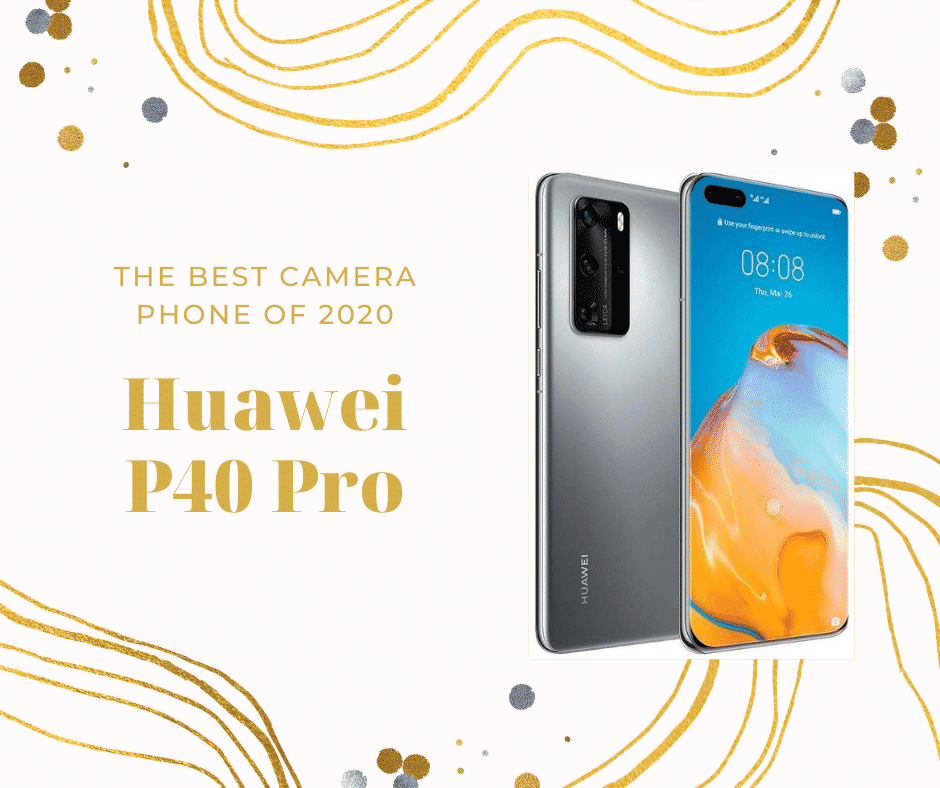
Get Huawei P40 Pro on Amazon – Price $925
1. Huawei P40 Pro Plus
A demonstration of technological mastery: the super zoom lens of this P40 Pro+ that equates to a 240 mm is simply an engineering marvel, capable of producing images above the all competitors.
To this is added the same ultra-wide-angle lens module as the P40 Pro which is nothing less than the best module of its kind ever created. As for the 50 Mpix main camera lens (who produces 12.5 Mpix shots), if it turns out to be good. It does not widen the gap from the competition as the 40 Mpix module of the P30 Pro did.
The best phone of the moment that not only dominates the rest of the competition, but allows itself to be the first best camera phone in history of 2020.
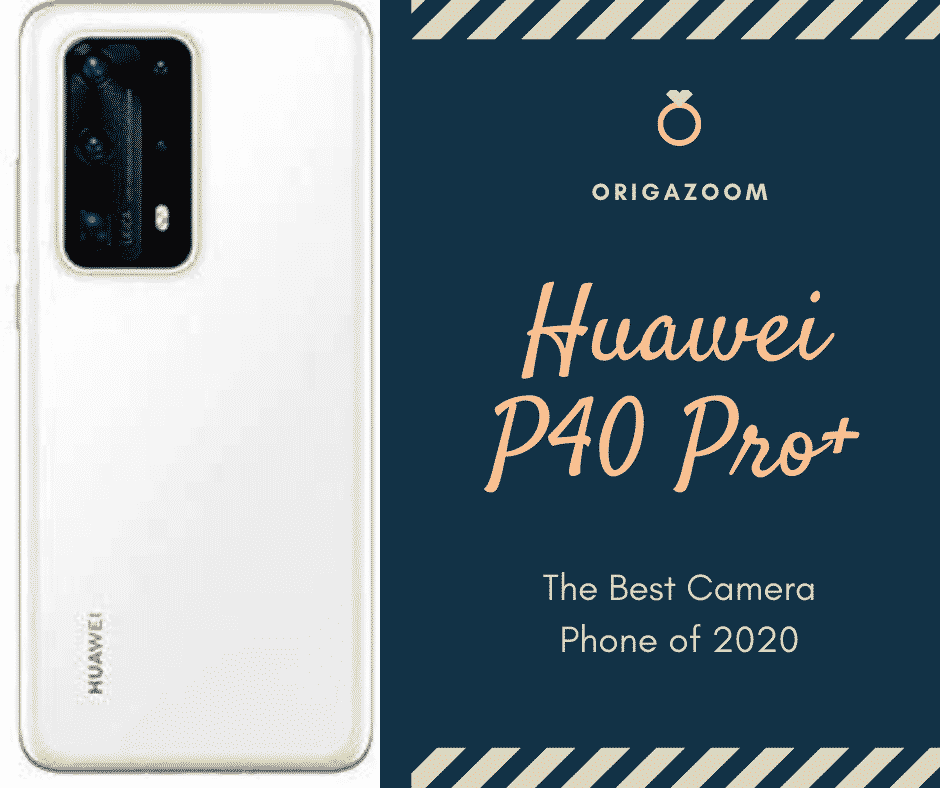
Get Huawei P40 Pro+ on Amazon – Price $1699

